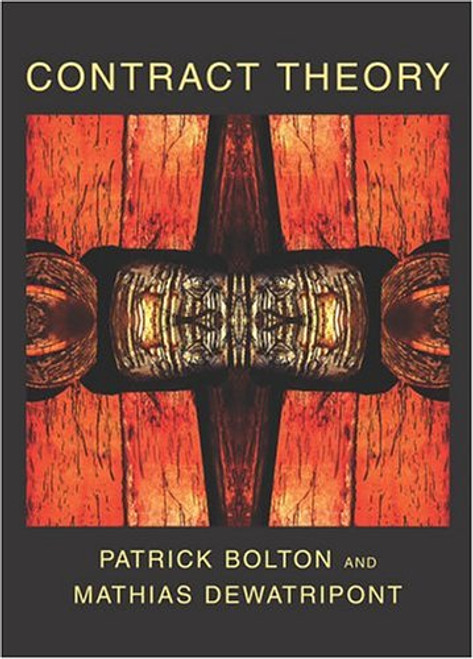Product Overview
Based on their pathbreaking work in the application of principal-agent theory to questions of regulation, Laffont and Tirole develop a synthetic approach, with a particular, though not exclusive, focus on the regulation of natural monopolies such as military contractors, utility companies, and transportation authorities.
More then just a textbook, A Theory of Incentives in Procurement and Regulation will guide economists' research on regulation for years to come. It makes a difficult and large literature of the new regulatory economics accessible to the average graduate student, while offering insights into the theoretical ideas and stratagems not available elsewhere. Based on their pathbreaking work in the application of principal-agent theory to questions of regulation, Laffont and Tirole develop a synthetic approach, with a particular, though not exclusive, focus on the regulation of natural monopolies such as military contractors, utility companies, and transportation authorities.
The book's clear and logical organization begins with an introduction that summarizes regulatory practices, recounts the history of thought that led to the emergence of the new regulatory economics, sets up the basic structure of the model, and previews the economic questions tackled in the next seventeen chapters. The structure of the model developed in the introductory chapter remains the same throughout subsequent chapters, ensuring both stability and consistency. The concluding chapter discusses important areas for future work in regulatory economics. Each chapter opens with a discussion of the economic issues, an informal description of the applicable model, and an overview of the results and intuition. It then develops the formal analysis, including sufficient explanations for those with little training in information economics or game theory. Bibliographic notes provide a historical perspective of developments in the area and a description of complementary research. Detailed proofs are given of all major conclusions, making the book valuable as a source of modern research techniques. There is a large set of review problems at the end of the book.













